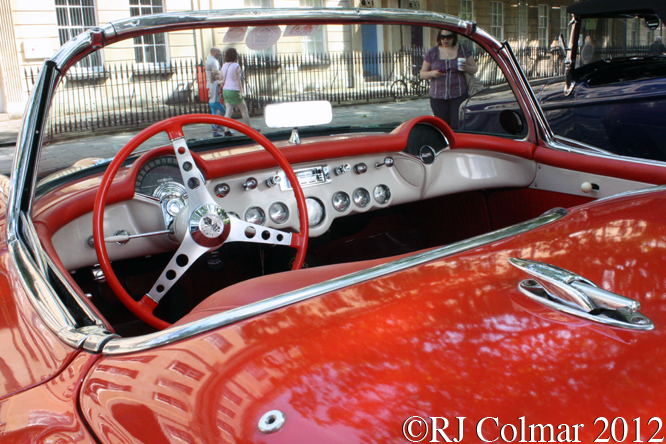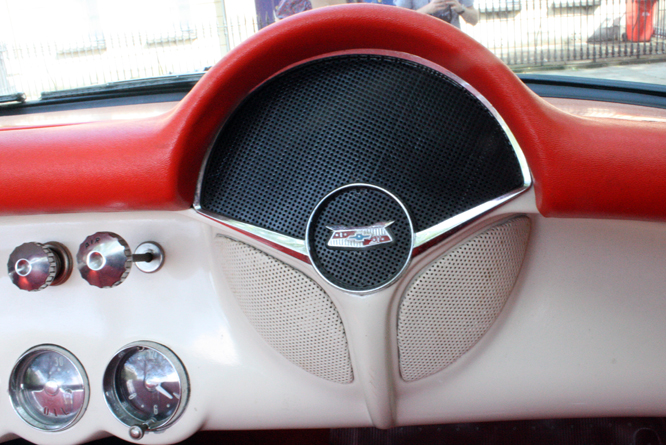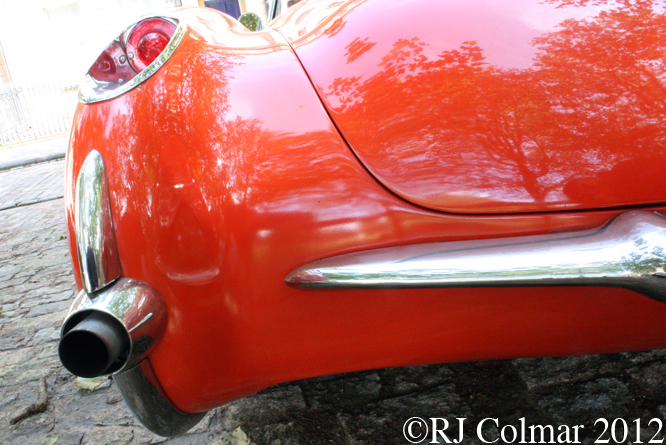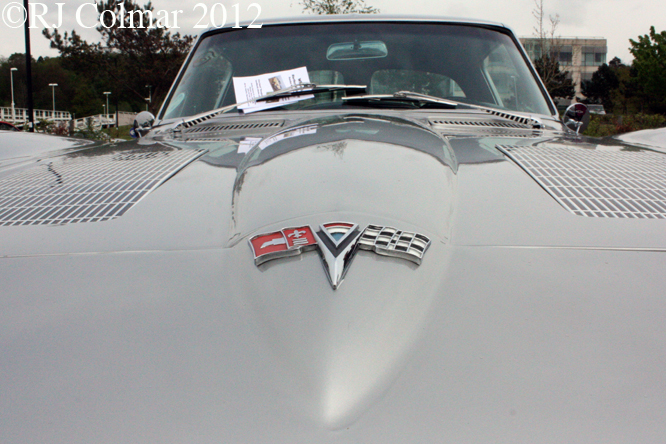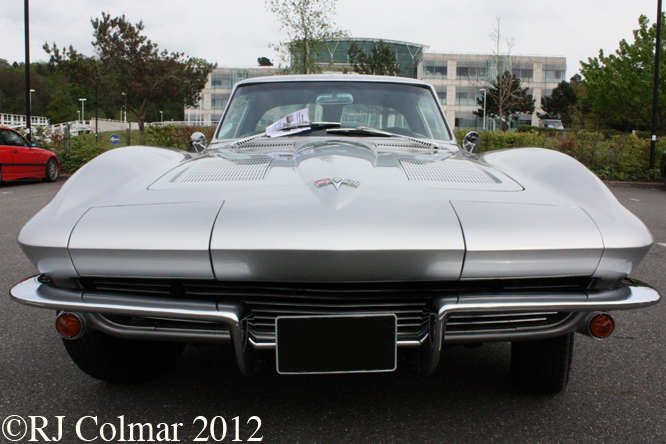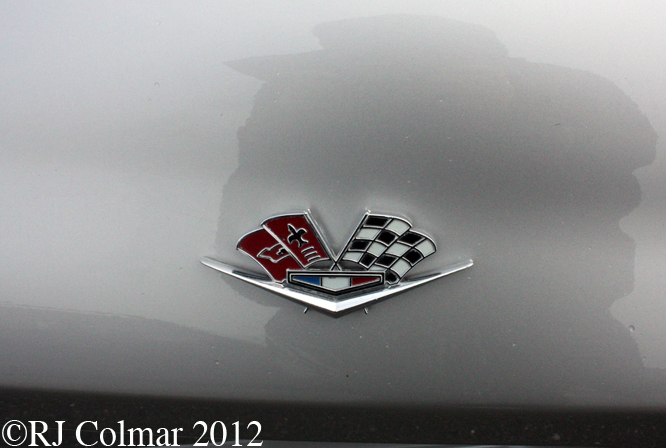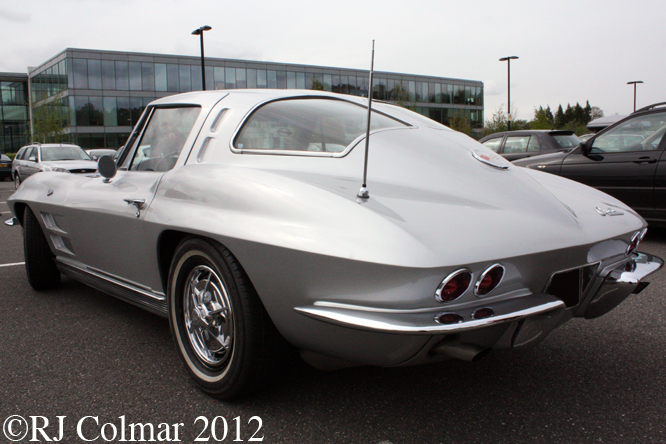In 1950 Sydney Allard ventured to Le Mans for the 24 Hours race with American Tom Cole as his co driver and the pair in the Cadillac powered Allard J2 came home with a more than credible 3rd place overall finish, and 8 litre / 488 cui class.
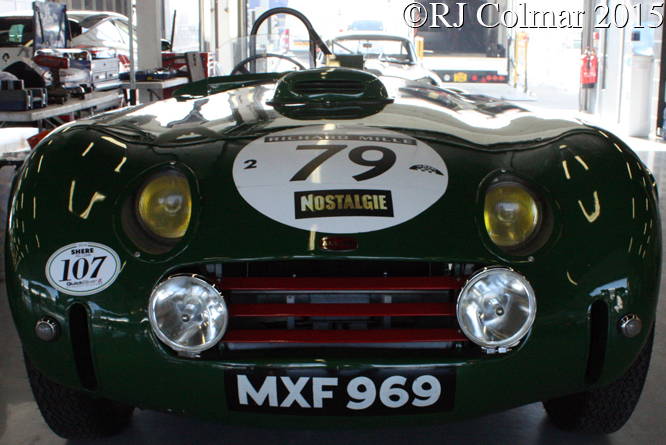
The following year two J2’s were entered for the 24 Hours, but this time Sydney and Tom retired after completing 134 laps with a broken gearbox team mates were frustratingly unclassified, despite having completed more than 194 laps, due to transmission problems which kept from them running when the clock heralded the end of the race.

For 1952 new regulations for Le Mans outlawed cycle wings / fenders on cars like the J2, and Talbot T26 by mandating bodies with fully enveloped wheels.

Talbot employed Charles Deutsch to simply rebody their existing T26 cars, but Allard took the opportunity to switch to his new J2X chassis which featured an extended frame, trailing radius rods, and the engine mounted 7 1/2 inches further forward to create more space in the cockpit.

Two types of body were available for the J2X, cycle mudguard of which 77 are believed to have been built and enclosed J2X Le Mans of which 10 or 11 are believed to have been built.

Two Chrysler V8 331 cui / 5394 cc powered Allard J2X Le Mans cars were taken to Le Mans for the hour race in 1952, today’s #4 chassis #3055 for Sydney Allard and Jack Fairman and the #5 chassis #3049 for Frank Curtis and Zora Arkus Duntov.

Frank and Zora qualified 14th on the grid, but retired with brake failure, in front of the sister car of Sydney and Jack which had qualified 18th and retired with a fuel tank issue.

#3055 was prepared to it’s present condition by Sam Thomas Racing and returned to Le Mans for the first time in 62 years last year.
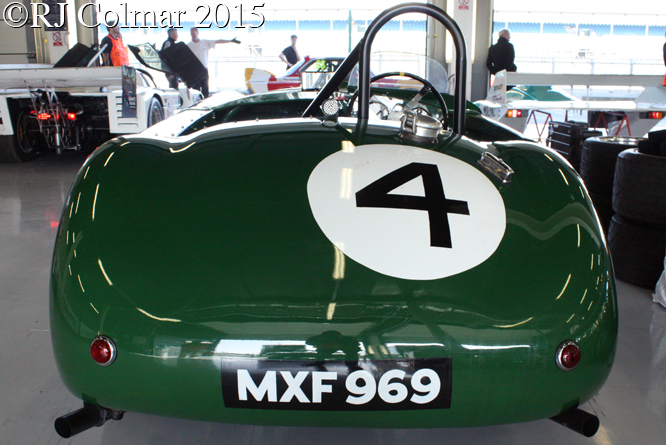
Owner Andy Dee Crowne is seen at the wheel in these photographs taken at the Silverstone Classic test day earlier this year.
Thanks for joining me on this “All Enveloping Compliance” edition of “Gettin’ a li’l psycho on tyres” I hope you will join me again tomorrow when I’ll be looking at two of the all time greatest drives in history that gave Mercedes Benz a 1-2 finish. Don’t forget to come back now !








